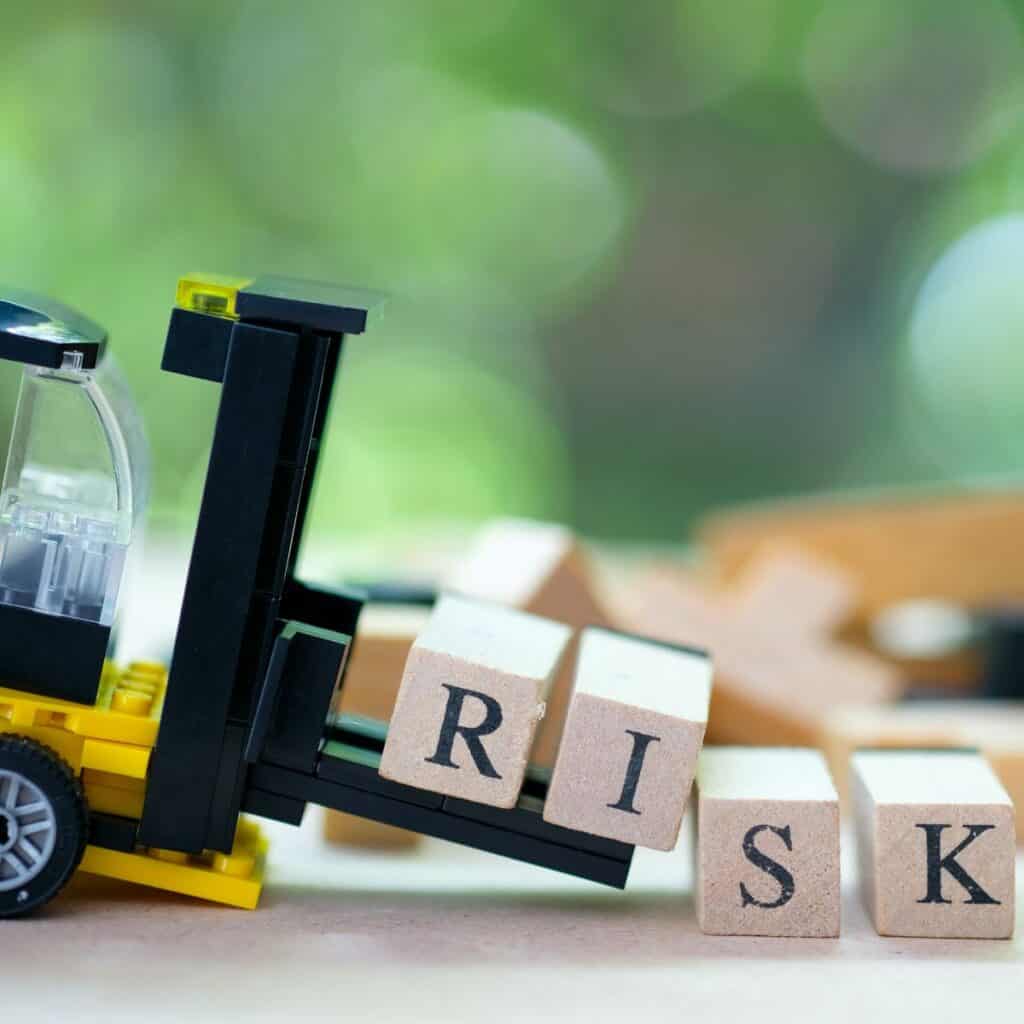10 Oct 2023

Whenever health and safety is discussed, one of the first things that is mentioned is usually ‘Risk Assessment.’ However, some people may not know what this involves.
This blog aims to answer many of the questions around risk assessments.
Every workplace has hazards, some are minor and some can be life threatening. Managing the risks arising from such hazards is extremely important and can be achieved with a risk assessment. A ‘hazard’ is something with the potential to cause harm.
Identify who will be put at risk such as employees, customers, suppliers, contractors, and other premises in close A risk assessment is the process of identifying what hazards currently exist, or could appear in your workplace, who is at risk, how these hazards could cause harm and the control measures that are currently in place or need to be implemented, to mitigate risks. The main objective is to provide a safer working environment, by identifying what could go wrong and ensuring that practical steps are taken to prevent injuries or ill-health.
The assessment process requires you to identify all the foreseeable safety hazards in your workplace, such as machinery, equipment, tools, fire, electrical, hazardous substances such as chemicals, vehicles, manual handling etc. The risk assessment process is not about lots of paperwork but you do need to be systematic and thorough, providing as much detail as possible to reflect the nature of the risk. Remember there may be multiple risks from just one piece of machinery. Prioritise high risk hazards over low risk.
You will need to document the existing control measures you have in place to prevent harm to ensure these are suitable and any additional measures that may need to be put in place. Also identify any individuals that may specifically be at risk including employees, visitors, contractors and members of the public.
Employers are required by law to ensure the health and safety of employees and others who could be affected from their operations. Self-employed persons also have a responsibility for ensuring their own health and safety, as well others who could be affected. It is the responsibility of the employer to carry out a risk assessment or to appoint someone with the relevant knowledge, experience, and skills within their specific sector to carry this out.
The HSE states the minimum an organisation must do is:
Many people are not aware that ‘suitable and sufficient’ risk assessments are a legal requirement under the Management of Health & Safety at Work Regulations (MHSWR). If the organisation has over 5 employees a written record of findings must be evidenced. However, there is no such minimum number of employees when it comes to a fire risk assessment. Similarly, there is no such minimum if a person suing a company for compensation, so it is imperative that suitable records of risk assessments are kept.
It is crucial to ensure that the risk assessment details are clearly communicated to everyone involved (e.g., all employees, visitors etc).
Examples of risk assessments required under specific legislation include:
It is dependant on the level of risk in the workplace. If a business experiences change in equipment, processes etc or has a serious incident, the risk should always be identified and documented or updated in the risk assessment. The HSE guide recommends that risk assessments are updated at least every 12 months.
Failure to provide a risk assessment may result in legal action by the HSE/Local Authorities, resulting in costly fines and maybe the prohibition of certain work activities. This could cause loss of production, loss of customers and hence further costs. Conviction for health and safety offences could be extremely serious due to reputational damage.
Above all else, risk assessments help to develop your health and safety management plan and your continual improvement for safety, otherwise you may not be keeping your staff, visitors, and employees safe.
If you would like expert advice or assistance carrying out risk assessments, please contact us on 01527 833834 or email info@sentinelsafety.co.uk and we will be happy to help.